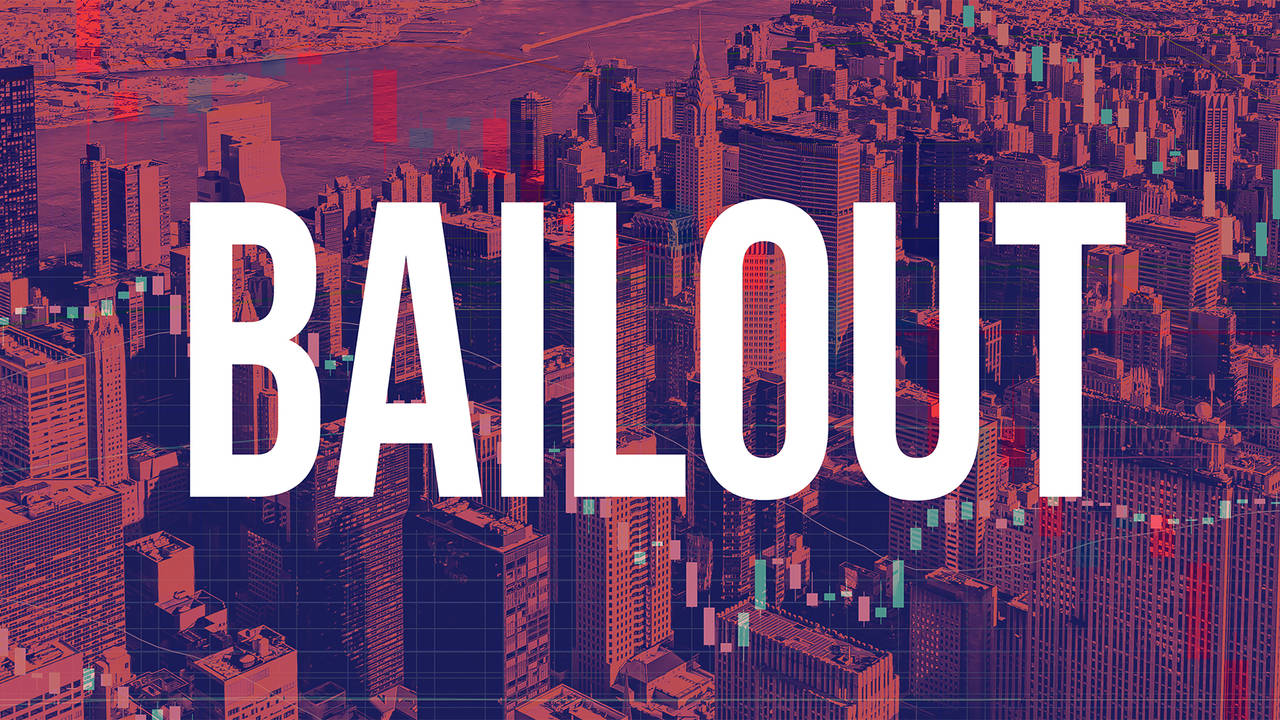The coronavirus radically altered the trajectory of 2020 for nearly every business and industry in the United States. Faced with a large-scale shutdown and millions of people out of work (peak numbers show that 42.6 million people or more than a quarter of the labor force filed for unemployment this spring) the government reacted by passing a series of bailout packages and stimulus items. Altogether, more than $3 trillion dollars was promised to help the American people get through the worst months of the crisis.
With states reopening and some people already getting back to work (recent reports indicated 2.5 million jobs were added during the month of May), it’s time to start thinking about what the legacy of the coronavirus bailout packages will be and how it will impact both the economy and the housing market.
Where Did All the Money Go?
Most business sectors and private citizens received some level of benefit from the $3 trillion worth of aid money this spring. Under the Paycheck Protection Program (PPP) and Economic Disaster Loan program, most businesses that applied received some form of assistance. The Paycheck Protection Program alone put more than $500 billion dollars into the hands of small business owners. According to CNN, another “$500 billion was given to the Federal Reserve so that it could design lending programs for struggling companies.” This $500 billion is aimed at assisting corporations and large industries that were devastated by the shutdown, like airline companies. Most working individuals qualified for and already received their $1,200 stimulus checks in the mail or as direct deposits to their bank accounts. This accounted for almost $270 billion worth of the original $3 trillion. Another $90 billion was used to expand unemployment benefits, of which one in four American workers filed for this spring. Finally, hospitals, state and local governments, farmers, and schools also received portions of the $3 trillion in aid.
What Lasting Impacts Can We Expect for the Housing Market?
While the US housing market remained remarkably resilient in the face of the pandemic, as the real estate industry swiftly adapted to new and changing regulations in order to keep transactions moving, we expect the biggest industry impacts are still to come.
People are going back to work – but how many will get their old jobs back remains to be seen. Some people may be forced to find new employment altogether or take a pay cut as individual industries struggle to recover from the pandemic. In addition, the introduction of $3 trillion dollars into the economy could lead to hyperinflation and rising costs of living across the country. All these concerns could lead to an increase in short sales and foreclosures as homeowners struggle to keep up with their bills and pay their mortgages.
The Coronavirus Aid, Relief, and Economic Security (CARES) Act was passed this spring and as of late May, 4.76 million homeowners were in forbearance programs. The CARES Act offered two key relief options for homeowners:
1) It put foreclosures on pause. That 60-day moratorium began on March 18th, 2020 and ended on May 17th, 2020.
2) It also allowed homeowners to request forbearance for up to 180 days and then additionally granted individuals the right to request an extension for another 180 days beyond that. Forbearance means that a homeowner could essentially pause their mortgage payments for a specific amount of time. However, it does not erase those payments. They must still be repaid, though what that repayment looks like differs from person to person. It’s this later piece that has real estate industry experts most on guard. Homeowners who requested forbearance may have agreed to terms of repayment that will be extremely difficult, if not impossible, for them to meet depending on their employment and economic status at the time those payments come due.
We had predicted earlier this year that the spring 2020 real estate market would be especially busy in Long Island and the coronavirus appears to have only put most people’s buying and selling plans on hold until summer. While we are seeing quite a bit of buyer demand in our Long Island real estate market and new homes coming on the market as restrictions ease, only time will tell how the rest of 2020 and 2021 will bear out. With the memory of the 2008 housing crisis still fresh in people’s minds, it can be disheartening to hear that short sales and foreclosures may be coming back. However, the conditions that led to the 2008 housing crisis are dramatically different than what we are experiencing now. This leads us to conclude that the predicted uptick in distressed sales as a result of the coronavirus pandemic may not be nearly as bad. As always, if you have any questions about how the market in your neighborhood or zip code is doing, reach out to us to request a personalized market report. We would also be glad to provide you with a free estimate of your home’s current value.
The Pesce & Lanzillotta Team, at BHHS Laffey International Realty
Office: 516-888-9711
Email: info@pl-team.com
www.ThePesceLanzillottaTeam.com


Comments(1)